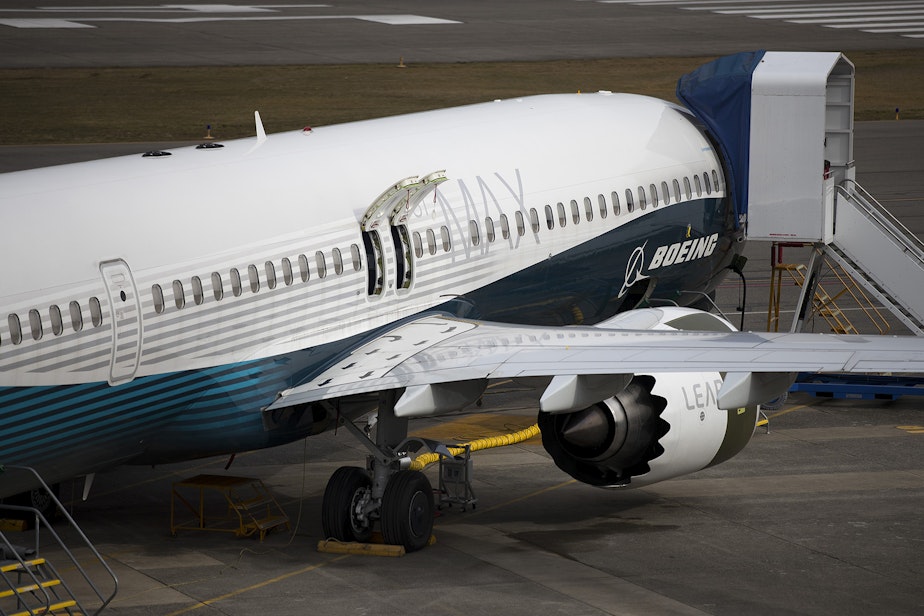Boeing says no flaws in 737 Max. Former engineer points to several

Boeing continues to maintain there was no flaw in the design of the 737 Max.
But a former Boeing engineer who is meeting with federal investigators this weeksaid he can point to several flaws in the automated system known as MCAS.
The crashes of two Max planes have left deep concerns about what happened inside Boeing and inside the Federal Aviation Administration during approval of the jet’s design.
Boeing CEO Dennis Muilenburg said the planes went down because of a chain of events.
"One of the links in that chain was the activation of the MCAS system because of erroneous angle attack data," he said at a recent news conference.
Peter Lemme, a former Boeing engineer and former FAA designated engineering representative, said MCAS is the main link. The flaws in that system, he said, need to be addressed.
Lemme never worked on the Max; he left Boeing more than 20 years ago. But he followed the plane's development. He said the preliminary information about the two crashes reveals MCAS is flawed — in more than one way.
Sponsored
First, MCAS activated because of a single sensor with a false reading. On the Ethiopian jet, one indicator swung from showing a normal ascent to showing a steep ascent. Lemme said in that case it was a clear sign of failure.
"Having the vane change from 15 to 75 degrees in two seconds — it is immediately an indication of a fault. There's just no physical way to do that," he said. "And then 75 degrees is kind of a ridiculous number."
But MCAS acted on it, even though a sensor on the other side of the plane reported everything was fine.
"That was a big disappointment. If the systems had declared the signal failed then MCAS would not have fired and nothing would have happened," he said.
Both planes were flying at a great speed when they crashed — another flaw, according to Lemme because MCAS should have stopped at that speed.
Sponsored
"There is no way to stall the airplane at that airspeed and MCAS should have had logic in place that would prohibit it from operating," Lemme said.
The Lion Air flight pitched forward more than 20 times before that plane crashed into the sea. That is the greatest flaw in MCAS, Lemme said: the repeated descents.
"It persistently attempted to move the stabilizer down without giving up. I think if MCAS hadn't had the repeated feature where it could re-trigger, we probably would have been OK," he said.
Lemme said testing should have caught the problems with MCAS.
"That should have been found. You would expect the test program would look at the likely failure modes," he said. "That is a breakdown in the test program."
Sponsored
SPEEA, the Boeing engineers union, continues to have no comment on the design of the 737 Max.
Boeing continues to deny fault in the design and certification of the 737 Max, and it is working with the FAA on a fix for the jet.
The investigations continue, including a federal criminal investigation. Lemme will fly to Washington, D.C. later this week to meet with prosecutors.
"My guess is it's mostly to talk about some of my findings: What did I observe, what are my concerns," he said.
He said it’s a sign that the investigations into the Max crashes are digging deep.



